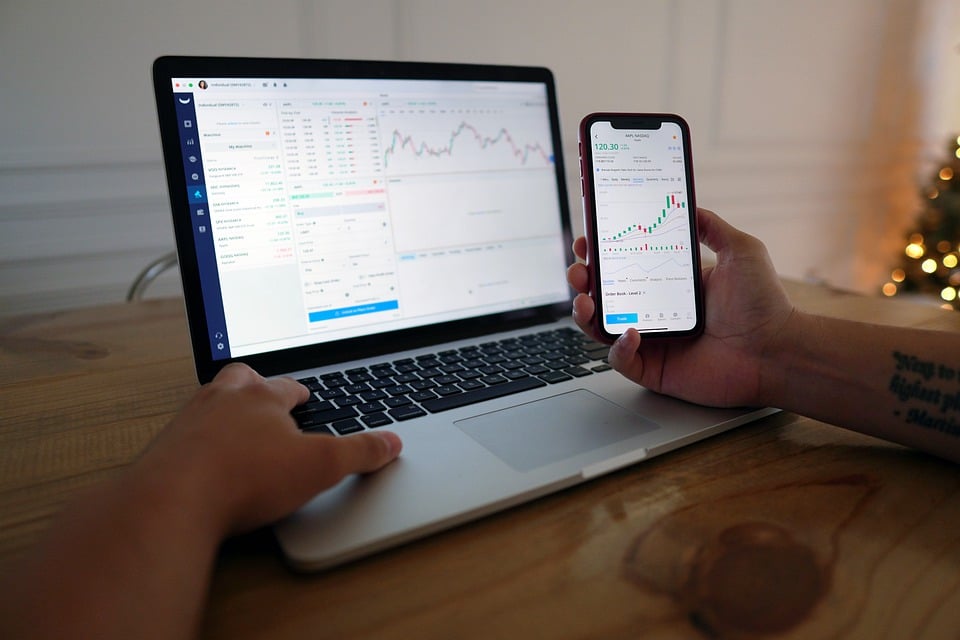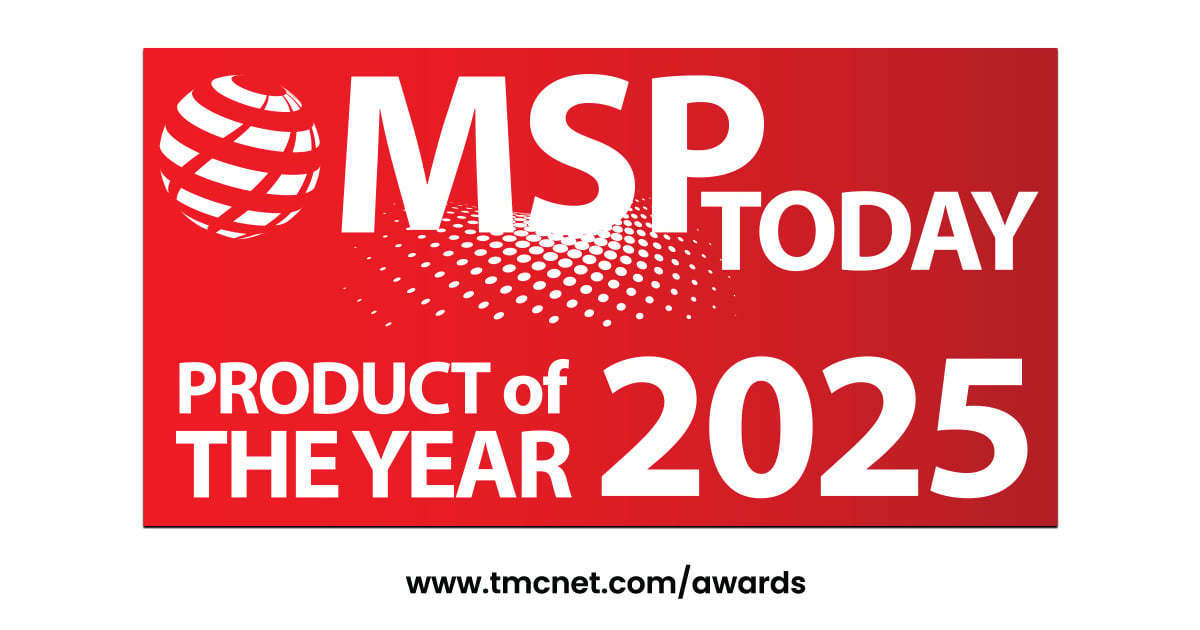
Commodity trading is changing fast. Many businesses are finding it hard to keep up with new technology and digital tools. If you're still relying on old methods, you risk falling behind in this fast-paced world. Did you know that automation and AI now handle many trading decisions? This shift makes the process faster and more accurate. But it also means traders must adapt to remain competitive. This blog will highlight key trends changing commodity trading today. From blockchain to ESG metrics, we’ll explain how technology is reshaping the industry. Stay tuned—what’s coming next might surprise you!
The Rise of Automation in Commodity Trading
Automation is reshaping how traders approach decision-making. Machines now carry out trades faster than the blink of an eye, leaving humans to plan strategically.
Algorithmic trading and AI-powered decision-making
Algorithmic trading processes trade in milliseconds, analyzing vast amounts of data faster than any human could. AI algorithms predict price movements by studying market trends, weather patterns, and geopolitical events. These systems reduce emotional biases that often lead to human errors. Commodity traders gain speed and accuracy, surpassing traditional methods that fall behind current demands.
AI-powered tools adjust to changing market conditions without external input. For instance, machine learning models improve themselves over time based on new data sets. “Algorithms act like a guide in the unpredictable seas of commodity markets,” says one industry expert. Partnering with a reliable IT services provider in Portland can ensure your infrastructure supports these advanced tools with speed, security, and scalability. As blockchain technology begins to reshape trade processes next, these digital advancements align effectively with it for enhanced transparency and efficiency.
Blockchain Technology Transforming Trade Processes
Blockchain reshapes trading by tightening security and enhancing trust—stay with us to learn more.
Enhancing transparency and reducing fraud
Smart contracts are replacing paper-based processes in commodity trading. These digital agreements automatically carry out terms once conditions are met. They reduce errors and deter tampering, making fraud less likely to occur. Partnering with experts in IT management by Contigo Technology can support businesses in integrating blockchain systems securely while ensuring consistent performance. Every transaction gets documented on blockchain ledgers, leaving no possibility for hidden alterations. Permanent records help traders confirm ownership and track goods from origin to delivery. This fosters trust across the supply chain while significantly decreasing disputes or unethical practices.
The Role of Data Analytics and Predictive Insights
Data analysis highlights market movements, providing traders with an advantage. Predictive insights convert raw numbers into smarter strategies for improved decision-making.
Leveraging big data for market trend predictions
Big data allows businesses to identify patterns in commodity trading markets. Sophisticated analytics tools process billions of transactions, weather reports, and historical pricing data. For example, energy traders use real-time oil supply and demand trends to predict price fluctuations. These insights help companies make more informed buying or selling decisions. Firms can detect emerging opportunities or avoid potential risks faster than ever before.
Predictive models simplify understanding future market behavior. Algorithms break down complex datasets into practical insights for traders. Agriculture players might forecast crop yields by analyzing soil health reports and climate change together. This reduces guesswork in a volatile sector that relies heavily on accuracy. Businesses staying ahead of trends have better chances of securing profits while minimizing losses effectively.
Growth of Cloud-Based Trading Platforms
Cloud-based platforms are changing how traders access and manage commodity markets. They offer adaptability, speed, and a new approach to remain competitive in a fast-moving industry.
Improving scalability and accessibility
Cloud networks enable commodity traders to handle larger data volumes without costly infrastructure. These systems adapt efficiently, addressing increasing demands during market surges or high-volume trading hours. Remote access enhances operations for teams distributed worldwide. Traders can sign in securely from any location, eliminating limitations associated with physical offices. As one analyst stated. Accessibility is no longer a luxury; it's the cornerstone of modern trading.
Integration of ESG Metrics in Digital Trading
Companies now integrate ESG metrics into trading to align profits with environmentally friendly practices—curious how this changes markets?
Driving sustainable and responsible trading practices
Traders are incorporating an ESG focus into digital platforms to emphasize sustainability. Energy and commodities trading is now more aligned with ethical practices, reducing carbon footprints across supply chains. Firms rely on data analytics to pinpoint inefficiencies in production and transport that harm the environment. This shift not only satisfies regulatory changes but also meets the growing consumer demand for greener strategies.
Digital progress in commodity trading supports responsible sourcing by improving visibility. Blockchain enables transparent tracking of materials from origin to final market, reducing fraud or unethical activities. Cloud-based systems improve monitoring capabilities, helping businesses achieve ESG goals more efficiently. These developments drive physical commodity trading trends toward a more sustainable future while maintaining profitability.
Challenges in Adopting Digital Innovations
Navigating digital upgrades often feels like balancing on a tightrope without support. Businesses encounter challenges that can delay progress and require rapid decision-making.
Cybersecurity risks and regulatory hurdles
Hackers focus on commodity trading platforms to access sensitive data and financial resources. Cyberattacks interfere with operations, leading to significant financial losses and harm to reputations. Businesses in energy and commodities trading encounter risks such as phishing scams, ransomware attacks, and system breaches. Enhancing the IT infrastructure is crucial to prevent vulnerabilities.
Strict regulatory changes worldwide add more challenges. Firms must align with laws designed for digital changes in trading. Failing to comply can result in fines or legal issues. Balancing technology implementation with meeting these regulations often hinders modernization efforts in the industry.
Conclusion
Technology is reshaping commodity trading at a rapid pace. Automation, blockchain, and data tools make markets faster and more transparent. Cloud platforms provide adaptability, while ESG measurements emphasize responsibility. Challenges persist, but the future holds significant changes for those prepared to adjust. The progression isn’t slowing—it’s accelerating.






